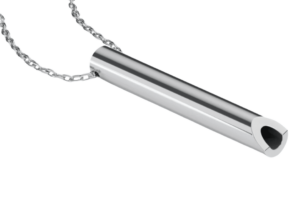
A basic hair transplant treatment includes the elimination of donor strip of hair from the back of the head from where the follicular system grafts are dissected under a microscope. These grafts are then preserved in saline and are then transplanted on a bald spot on the crown area of the scalp.
Provided the time consuming and tiresome nature of this procedure, a hair transplant surgeon is typically able to transplant just about 500 to 600 follicular system implants per day. However, thanks to the current hair transplant advances, this technique is typically changed by the follicular unit extraction (FUE). The cost per graft of FUE is typically twice the cost of the basic follicular system hair transplantation treatment discussed above however it is relatively faster and minimally invasive. Visit surgeongate.org/michigan-hair-transplant-surgery to find a hair transplant surgeon
Some hair transplant advances
In a typical FUE treatment a little round punch is made in the donor area to straight draw out 1, 2, 3 and 4 hair follicular unit grafts. The follicular units extracted using this process is generally described as “blunt dissection” where a punch is made to envelope the whole follicular system separating it from the surrounding soft tissues.
When the underlying follicular system is separated from the surrounding tissues, it is quickly drawn out utilizing a little forceps. The small holes left after the follicular system extraction gradually heal over the next couple of days and are not noticeable to the naked eye once the patient’s hair grows out. The healing time is much less than the donor strip extraction treatment.
While the FUE treatment has actually been embraced by the majority of hair transplantation clinics, the standard strip excision technique is still the most popular hair transplantation procedure due to the fact that it is more economical than the FUE.
Moreover, due to some current hair transplantation advances such as making use of trichophytic closure method, the linear donor scar produced by the strip excision procedure is now often rendered nearly undetected to the naked eye. This improvement in the hair transplant method has actually made FUE treatment reasonably less enticing. Contact Surgeongate hair restoration for more info
Hair transplant research
Besides the hair transplantation advances in the transplantation procedures, a great deal of research is also underway to clone the hair. If the hair transplant research study succeeds it will be possible to make numerous copies of donor hair in the laboratory. The application of this method would be utilized through hair transplantation. In the traditional treatments, the greatest restriction is often the donor which is unable to satisfy necessary density. Nevertheless, hair cloning assures to overcome this problem by having the quantity of hair required to be grown in a lab from a single donor hair then implanting it into the scalp.
Hair hair transplant research study for cloning is really challenging and there are lots of difficulties that have to be gotten rid of concerning the safety and cosmetic attributes of the cloned hair. Some hair transplantation research study has also supplied advancement for some hair loss medication like Dutasteride.
Interested in a Hair Transplant Procedure? Learn More About FUE Hair Restoration and How it works by visiting https://www.surgeongate.org/michigan-hair-transplant-surgery/



